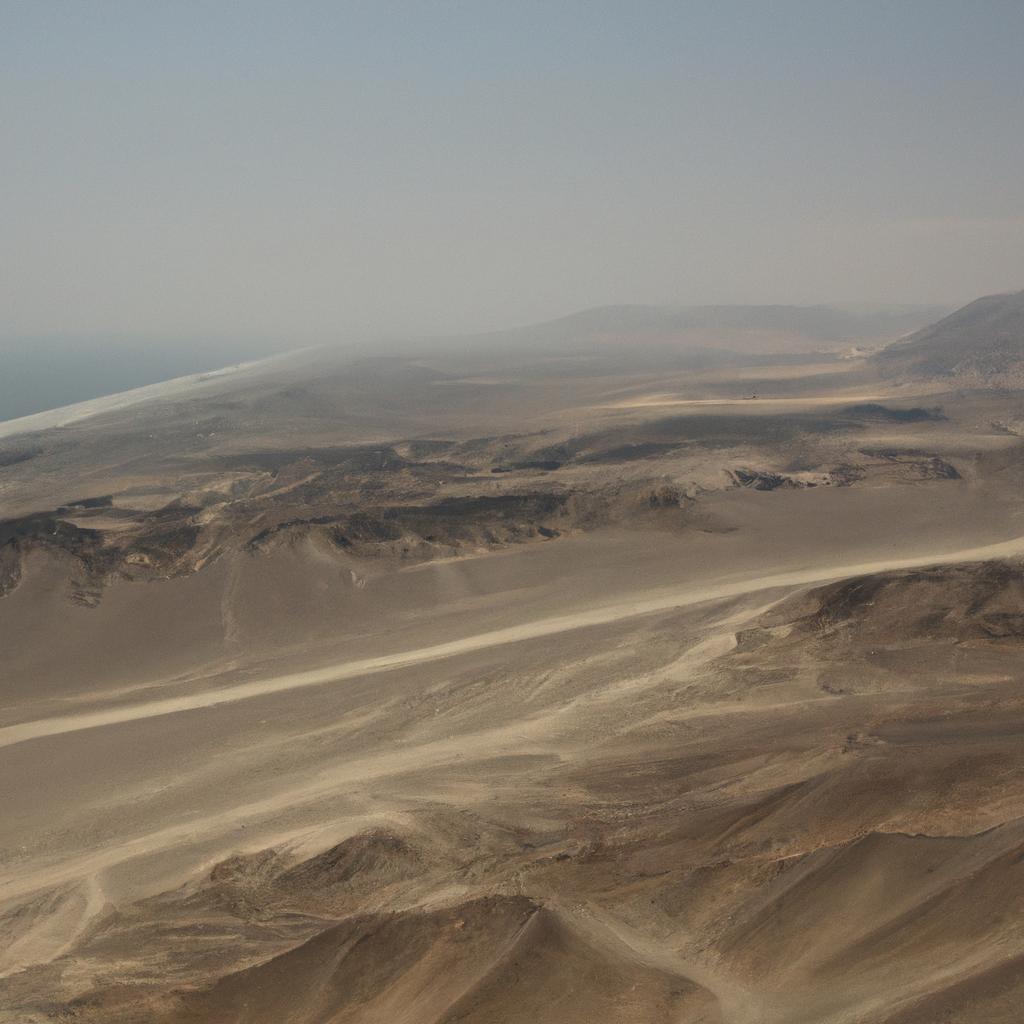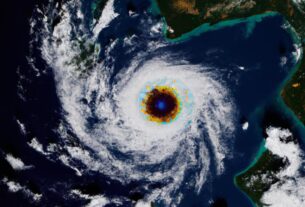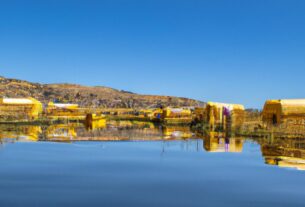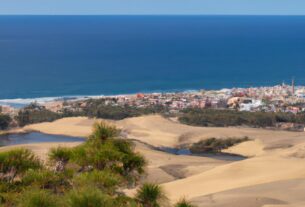Are you a nature lover seeking a unique adventure? Look no further than Peru’s stunning deserts. From the mysterious Nazca Lines to towering sand dunes, Peru’s deserts offer an unparalleled experience for those seeking to explore off the beaten path.
Peru’s geography is diverse, ranging from the Andes mountains to the Amazon rainforest. However, its deserts are often overlooked, despite being a crucial part of the country’s ecosystem. In this article, we’ll take a closer look at the deserts of Peru, their importance, and top destinations to visit.
The Vital Role of Peru’s Deserts
Peru’s deserts are a vital component of its ecosystem, serving as home to a variety of plant and animal species. The deserts also play a critical role in water regulation, acting as a natural filter for water in the region. Additionally, they are an essential source of minerals and other natural resources, making them a significant contributor to Peru’s economy.
Despite their importance, Peru’s deserts remain largely unexplored by tourists. However, those who venture into the desert will find a wealth of unique experiences. From the mysterious Nazca Lines, which continue to confound archaeologists and historians, to the towering dunes of Sechura, there’s something for everyone in Peru’s deserts.
So, pack your bags and join us as we explore the deserts of Peru, a truly unforgettable journey awaits.
Top Deserts to Visit in Peru
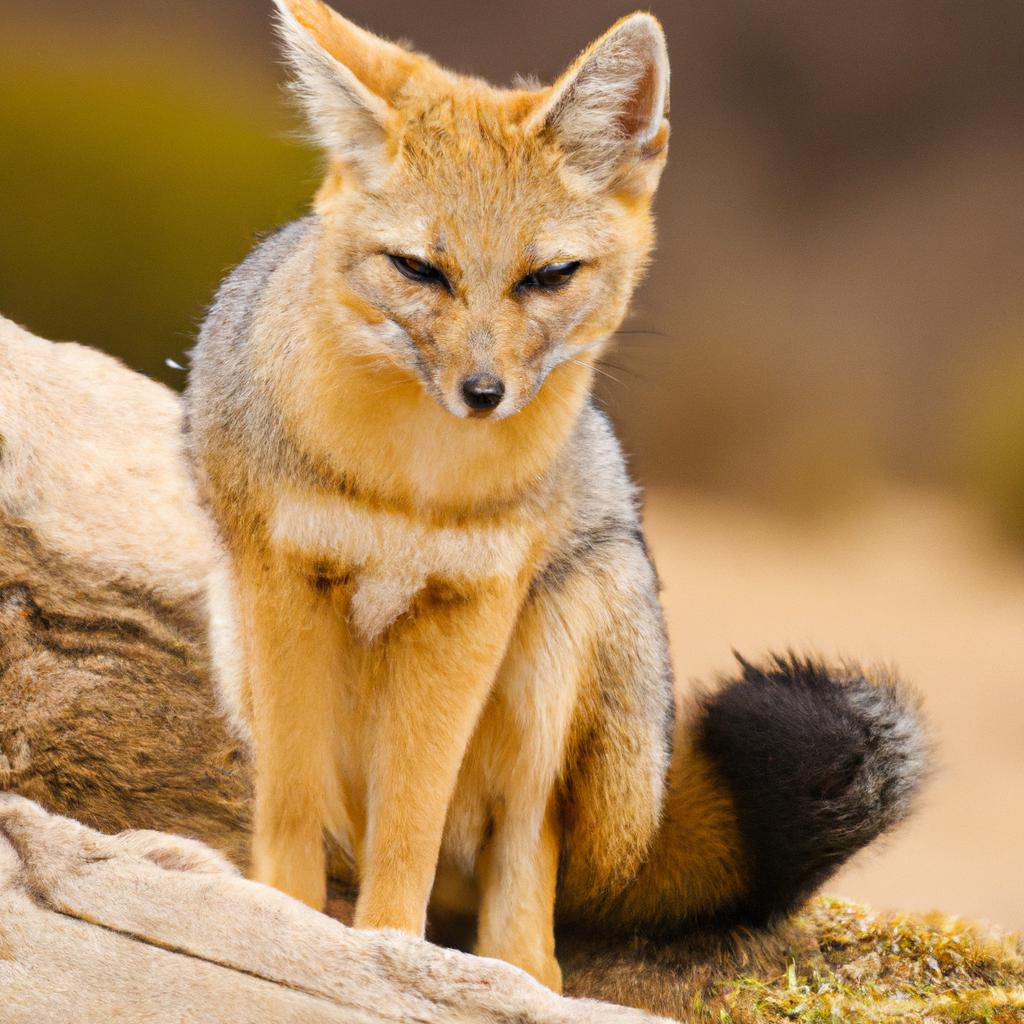
Nazca Desert: Mysterious Lines and Ancient Culture
The Nazca Desert is undoubtedly one of the most famous deserts in Peru, if not the world. The desert is known for its mysterious Nazca Lines, which were created by the Nazca culture over 2,000 years ago. These geoglyphs, which are best viewed from the air, include images of animals, plants, and geometric patterns, and continue to confound historians and archaeologists to this day.
Apart from the Nazca Lines, the desert is home to a variety of plant and animal species, including lizards, foxes, and cacti. Visitors can take a guided tour to learn more about the Nazca culture, explore the desert on a dune buggy, or try their hand at sandboarding.
Sechura Desert: The Tallest Sand Dunes in the World
If you’re looking for a unique adventure, the Sechura Desert is the perfect destination. Located in northern Peru, the desert is home to the tallest sand dunes in the world, with some reaching up to 1,500 feet in height. Visitors can explore the dunes on foot, by ATV, or by sandboarding down the slopes.
The Sechura Desert is also home to a variety of wildlife, including the endangered Peruvian Desert Fox and the Sechuran Desert Rat. Visitors can take a guided tour to learn more about the desert’s ecosystem and conservation efforts.
Ica Desert: Rock Formations and Sandboarding
The Ica Desert is another popular destination for adventure seekers. The desert is known for its unique rock formations, including the famous “Huacachina Oasis,” a natural oasis surrounded by towering sand dunes.
Visitors can take a guided tour to explore the desert’s rock formations, which include ancient fossils and geologic formations. The Ica Desert is also a popular destination for sandboarding, with plenty of opportunities to try this thrilling activity on the dunes.
Whether you’re interested in history, wildlife, or adventure, Peru’s deserts have something for everyone. So, pack your bags and get ready to explore these unique and stunning landscapes.
Wildlife in the Deserts of Peru
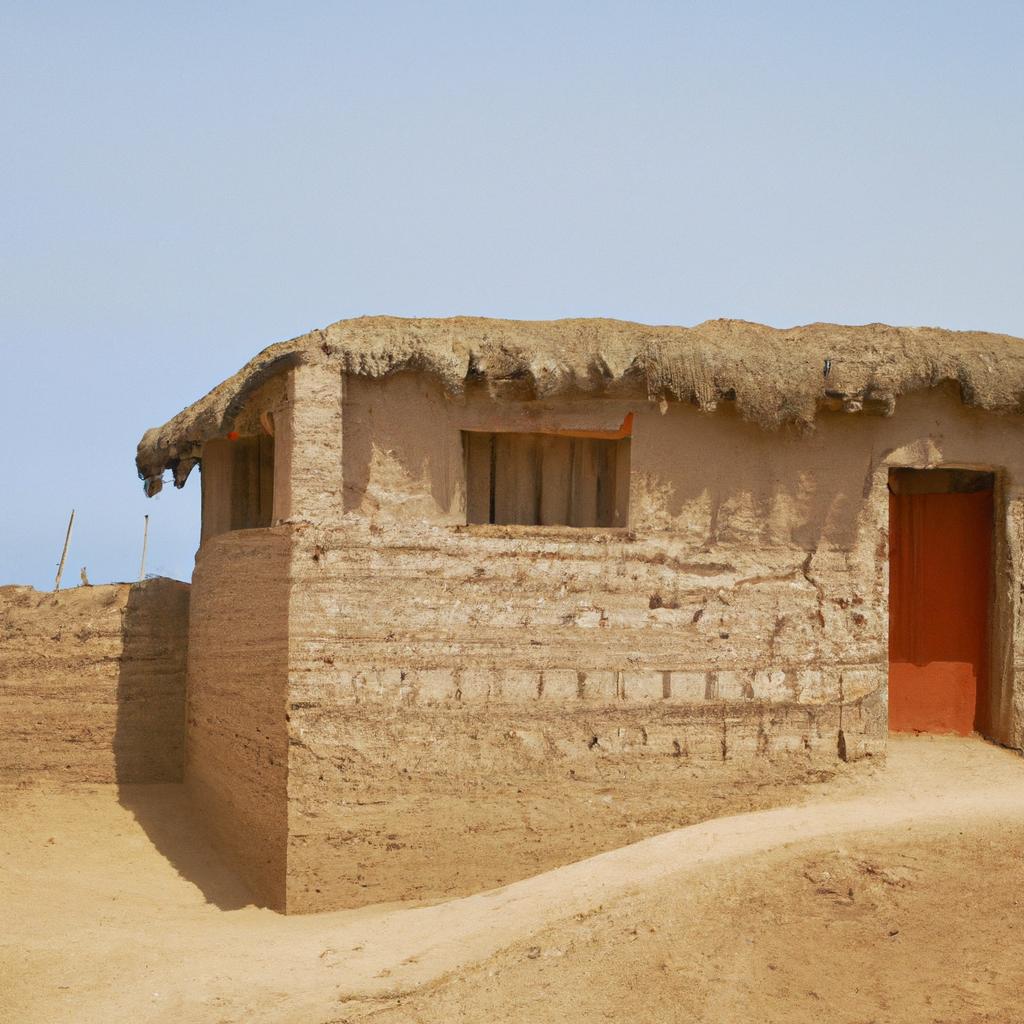
Peru’s deserts are home to a range of unique and endangered species that have adapted to the harsh, arid landscapes. From the elusive Andean cat to the iconic condor, the wildlife of Peru’s deserts is a vital component of its ecosystem. In this section, we’ll take a closer look at some of the endangered species found in Peru’s deserts and the conservation efforts underway to protect them.
Endangered Species Found in Peru’s Deserts
One of the most iconic species found in Peru’s deserts is the Andean cat, also known as the Andean mountain cat. This elusive feline is one of the rarest cats in the world, with only an estimated 1,400 individuals left in the wild. Other endangered species found in Peru’s deserts include the vicuña, a relative of the alpaca, and the Andean condor, one of the largest flying birds in the world.
Conservation Efforts to Protect Desert Animals
Conservation efforts to protect endangered species in Peru’s deserts are ongoing. One such effort is the creation of protected areas, such as the Reserva Nacional Salinas y Aguada Blanca, which provides a safe haven for the Andean cat and other endangered species. Additionally, organizations such as the Andean Cat Alliance are working to raise awareness of the importance of these animals and to implement conservation measures.
Tourists can also play a role in protecting Peru’s desert wildlife. By choosing responsible tourism operators and following guidelines for wildlife viewing, tourists can help ensure that these unique species continue to thrive in their natural habitats for generations to come.
In conclusion, the wildlife of Peru’s deserts is a vital component of its ecosystem and a unique draw for tourists seeking a one-of-a-kind adventure. By supporting conservation efforts, we can help protect these endangered species and preserve the beauty and diversity of Peru’s deserts.
Indigenous Communities in Peru’s Deserts
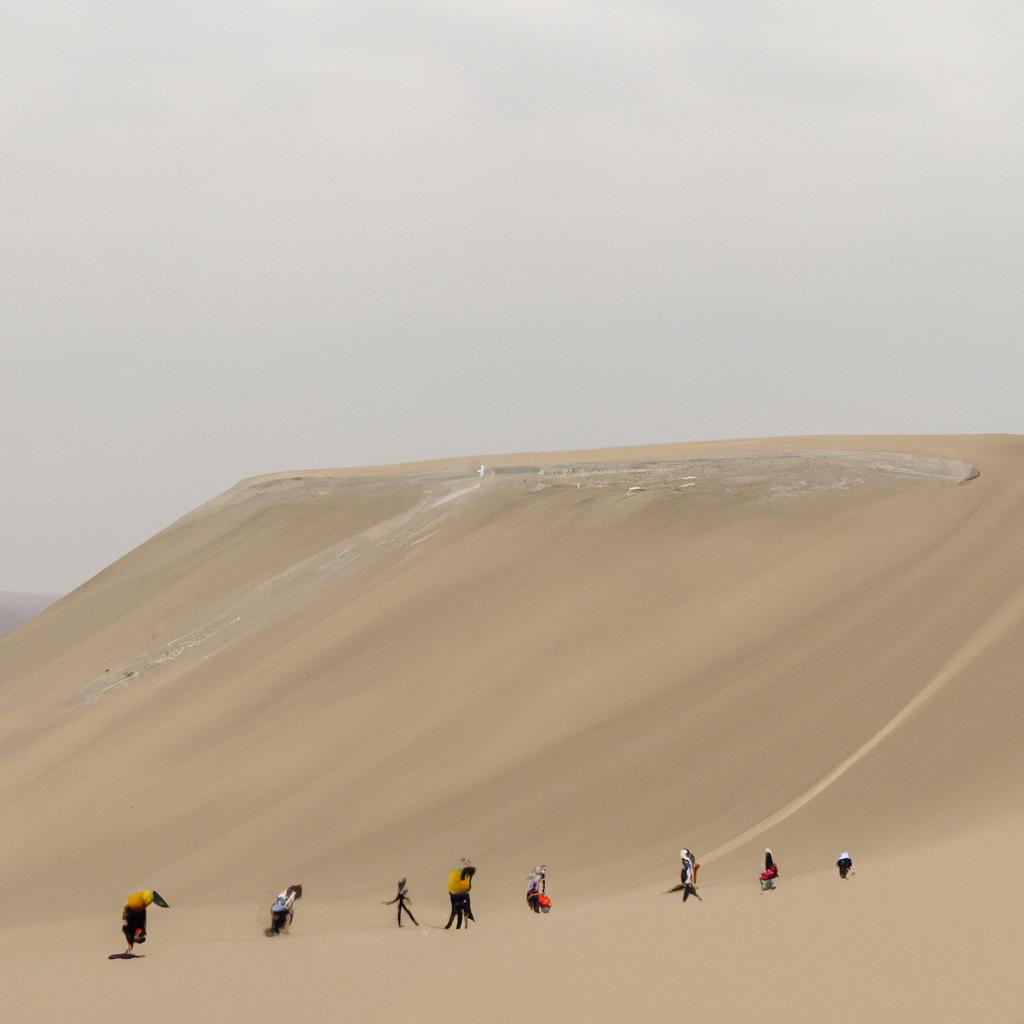
Peru’s deserts are not only home to unique wildlife and natural wonders but also to several indigenous communities that have called these arid landscapes home for thousands of years. These communities have developed a deep understanding of the desert’s ecosystem, and their traditional practices and knowledge have played a critical role in preserving the region’s delicate balance.
The Role of Indigenous Communities in Preserving Desert Ecosystems
Indigenous communities in Peru’s deserts have a deep connection to the land and a profound understanding of the region’s natural resources. Over generations, they have developed sustainable practices that allow them to live in harmony with the desert ecosystem. These practices range from traditional farming techniques to hunting and gathering methods that minimize the impact on the environment.
In recent years, there has been a growing recognition of the importance of indigenous knowledge and practices in preserving the desert’s delicate ecosystem. Efforts are underway to work with these communities to develop sustainable tourism initiatives that not only showcase the region’s natural beauty but also support the local economy.
Traditional Knowledge and Practices Related to Desert Survival
Indigenous communities in Peru’s deserts have developed a wealth of traditional knowledge and practices related to desert survival. These practices include techniques for finding water, identifying edible plants, and using natural resources for shelter and clothing. They have also developed a deep understanding of the region’s weather patterns, allowing them to predict weather changes and adapt their practices accordingly.
Despite the challenges of living in such a harsh environment, indigenous communities in Peru’s deserts continue to thrive. Their traditional practices and knowledge have allowed them to survive in one of the world’s most challenging environments for thousands of years, and their continued presence is a testament to their resilience and adaptability.
In conclusion, indigenous communities in Peru’s deserts play a vital role in preserving the region’s delicate ecosystem. Their traditional practices and knowledge are essential for sustainable development in the region, and efforts are underway to support these communities and promote their unique way of life.
Adventure Activities in Peru’s Deserts

Get ready for an adrenaline rush in Peru’s deserts. From sandboarding to stargazing, there are plenty of adventure activities to enjoy in these arid landscapes. Here are some of the top activities to add to your itinerary:
Sandboarding and Dune Buggying
If you’re looking for a unique way to experience the sand dunes, sandboarding and dune buggying are the perfect activities for you. The Sechura Desert is home to the tallest sand dunes in the world, and sandboarding down them is an unforgettable experience. For those who prefer a bit more speed, dune buggying is a thrilling way to explore the desert.
Stargazing and Astronomy Tours
Peru’s deserts offer some of the clearest skies in the world, making them an ideal destination for stargazing. The Atacama Desert is particularly renowned for its stunning night skies, and there are many astronomy tours available to visitors. Get ready to marvel at the beauty of the Milky Way and learn about the constellations from knowledgeable guides.
Desert Hiking and Camping
For those who prefer a more slow-paced adventure, hiking and camping in the desert is a great way to experience its unique landscapes. The Huacachina Oasis is a popular destination for hiking, with its stunning sand dunes and picturesque lake. Camping under the stars in the desert is also a magical experience, providing the opportunity to disconnect from modern life and connect with nature.
No matter your preference, there’s an adventure activity in Peru’s deserts that’s perfect for you. So, pack your sense of adventure and get ready to experience the thrill of a lifetime.
Sustainable Tourism in Peru’s Deserts
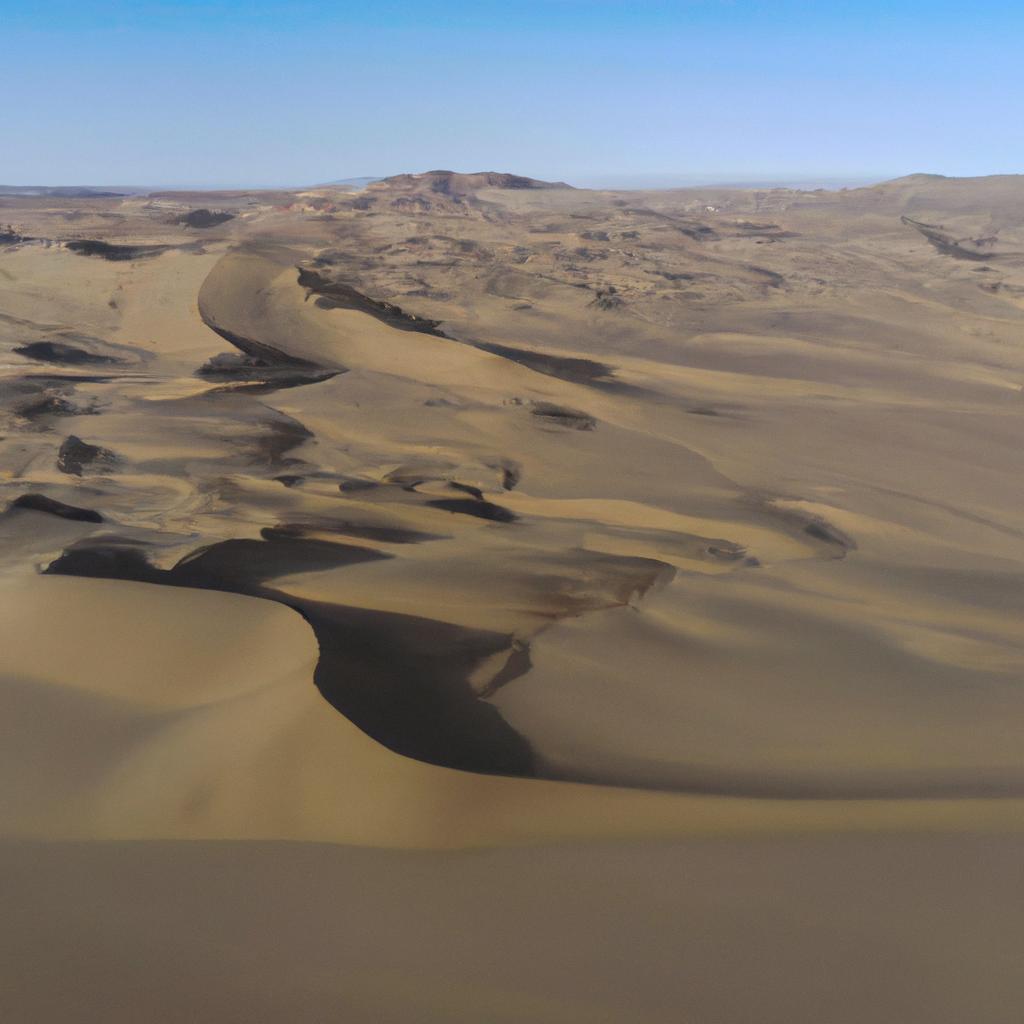
As tourism continues to grow in Peru’s desert regions, it’s crucial to consider the impact of this industry on the fragile ecosystem. Sustainable tourism initiatives aim to reduce the environmental impact of tourism while supporting local communities and economies.
One way to ensure sustainable tourism is to choose tour operators that prioritize responsible practices. Look for companies that promote conservation, minimize waste, and support local communities. By choosing these operators, you can help preserve the natural beauty of Peru’s deserts for future generations.
Another way to practice sustainable tourism is to be mindful of your impact while visiting the desert. Avoid leaving any trash behind and stick to designated trails to avoid damaging delicate ecosystems. Additionally, support local businesses by purchasing souvenirs from local artisans and eating at locally-owned restaurants.
Peru’s desert regions are home to many indigenous communities, who have lived in harmony with the land for centuries. By supporting these communities through responsible tourism, we can help to preserve their traditional knowledge and practices while promoting economic development.
In conclusion, sustainable tourism is crucial to preserving the natural beauty of Peru’s deserts while supporting local communities. By choosing responsible tour operators, being mindful of our impact, and supporting local businesses, we can ensure that future generations can continue to enjoy the unique landscapes of Peru’s deserts.
This article is brought to you by TooLacks, your go-to resource for all things travel and adventure. Happy desert exploring!
